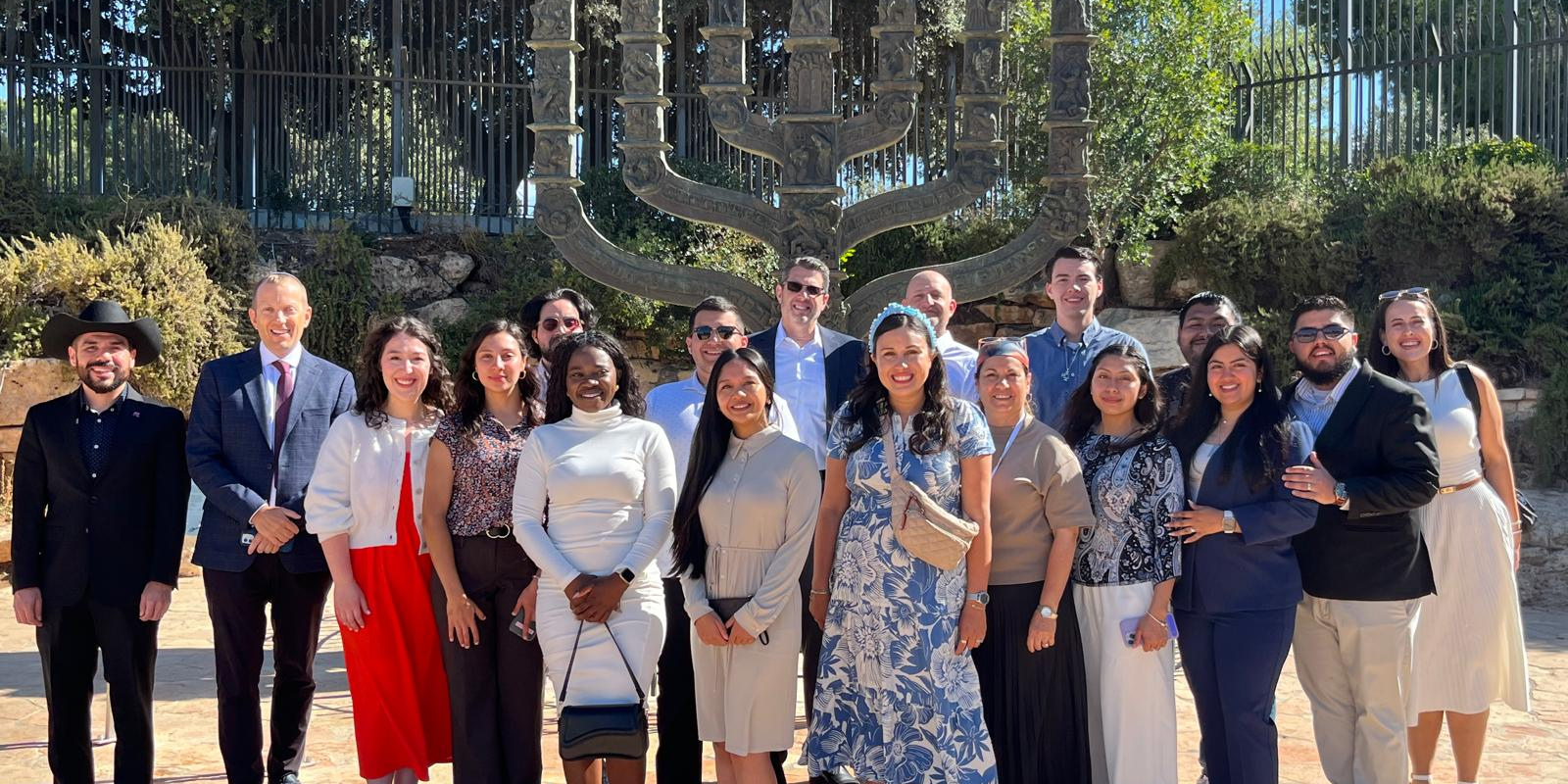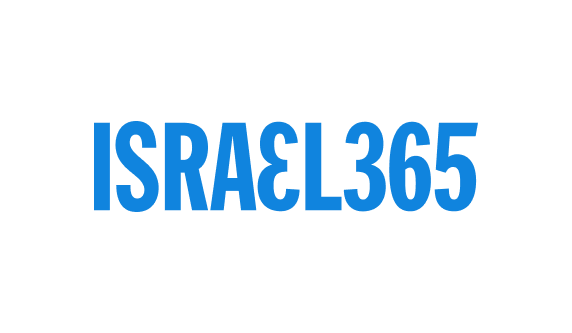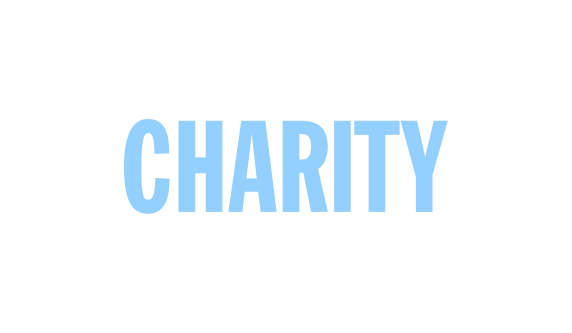The bus rolled through the Judean hills as fifteen young Christian leaders from the Keep Gods Land Young Leader Fellowship peppered me with questions that would make seminary professors squirm. These weren’t your typical Sunday school inquiries. We talked about everything—all the most complex and sensitive issues concerning Israel, America, Jews and Christians. Nothing was off the table. One question, however, seemed deceptively simple yet proved more complex than any other: What exactly are the Jews? Are we a religious group, an ethnicity, or a nation?
The question matters more than most people realize. In an age where identity politics dominates every conversation, where DNA tests claim to reveal genetic heritage, and where movements rise and fall based on competing definitions of peoplehood, understanding Jewish identity becomes critical. The confusion runs so deep that even Jews themselves have spent centuries debating this very question. Some emphasize religion, others focus on ethnicity, and still others point to nationhood. Each camp claims to hold the key to authentic Jewish identity.
But what does the Bible itself reveal about this puzzle?
The answer begins with a principle that predates modern genetic testing and social theory by millennia. According to Jewish law, you are Jewish if your mother is Jewish. This matrilineal descent has been the unwavering standard since the Jewish people came into existence. The rule appears straightforward, but its biblical roots reveal something far more significant about the nature of Jewish identity itself.
The Book of Ezra provides the clearest biblical evidence for this understanding. When the Jewish exiles returned from Babylonia to rebuild the Holy Temple in Jerusalem, they discovered that many Jews had taken non-Jewish wives. Ezra’s reaction was immediate and dramatic—he tore his garments in mourning and called the entire community to repentance. Then came the shocking solution proposed by Shechaniah:
The critical detail emerges in what Shechaniah didn’t say. If Jewish identity followed the father, why expel the children? These men were Jewish fathers with non-Jewish mothers. Yet the community understood without debate that these children were not Jewish. The decision wasn’t controversial because it aligned with established biblical law that everyone already knew: Jewish identity follows the mother.
This principle reveals the first dimension of Jewish identity—the biological connection that begins in the womb. Jewish status comes directly from the mother. This means that many people in America who think they are Jews are not. If their father was Jewish but their mother was not, they are not Jewish according to biblical law.
Yet this biological dimension represents only the first layer of Jewish identity. Rabbi Chaim Yosef David Azulai revealed a deeper structure through Hebrew numerology (known as gematria). The Hebrew word Yisrael (Israel) has a numerical value of 541. This equals exactly the sum of three biblical names: Yaakov (Jacob) at 182, Moshe (Moses) at 345, and David at 14. Each name represents a crucial dimension of Jewish identity.
Jacob symbolizes am—the national dimension. He fathered the twelve tribes and established the biological foundation of Jewish nationhood. Moses represents Torah—the religious dimension. He received the divine law that shapes Jewish spiritual life. David embodies eretz—the land dimension. He conquered Jerusalem and established the kingdom that would house God’s presence on earth.
Jewish identity requires all three dimensions working together. Remove any single element and the entire structure collapses. A descendant of Abraham who abandons Torah will eventually abandon the Jewish people entirely. A student of Moses who disconnects from the Jewish nation will ultimately abandon Israel. History provides countless examples of both failures.
The Kingdom of Israel serves as the Bible’s own case study in incomplete Jewish identity. They maintained some connection to their ancestry and even created substitute religious practices, but they severed their bond with the Temple and authentic Torah observance. Within generations, they vanished completely from history. Ten tribes were lost because they tried to preserve Jewish identity while abandoning essential dimensions of what makes someone Jewish.
This biblical understanding demolishes modern attempts to fragment Jewish identity into separate categories. Jews are not simply a religious group—Judaism encompasses far more than theological beliefs. Jews are not merely an ethnicity—the biological component requires spiritual and national dimensions to survive. Jews are not only a nation—the political dimension depends on religious law and ethnic continuity for meaning.
The Torah declares this unity explicitly:
The phrase contains both religious language (kingdom of priests) and political language (holy nation). Jewish identity is inherently political and spiritual, ethnic and religious, biological and ideological.
This integrated understanding explains why Jewish identity has survived every attempt at assimilation or destruction throughout history. Empires that tried to eliminate Jews as a religious group discovered they were also destroying a nation. Regimes that attempted to annihilate Jews as an ethnicity found themselves battling a religious community. Modern movements like Reform Judaism that seek to preserve Jewish “culture” and “spirituality” while effectively abandoning Jewish law and practice are repeating the fatal error of the northern kingdom.
The Bible’s vision of Jewish identity is both more complex and more resilient than contemporary categories allow. Jews are the people chosen to demonstrate that religion, biology, and nationhood can unite in service of divine purpose. They are the nation commanded to show that political power can serve spiritual ends.
Understanding this biblical framework becomes essential for anyone seeking to comprehend the role of Jews in history and the modern State of Israel’s significance. Jewish identity cannot be reduced to DNA percentages or religious observance levels or political affiliations. It represents the Bible’s own model for how human communities can integrate the physical and spiritual, the particular and universal, the ancient and eternal.
The question “What are the Jews?” has a biblical answer that predates modern confusion by millennia. Jews are a people, carrying Torah, in their land. Remove any dimension and you lose the whole. Maintain all three and you preserve God’s chosen nation—the light unto the nations who lead the way forward when the world loses its moral compass. This is why attempts to redefine Jewish identity always fail. The answer isn’t found in modern categories of religion, ethnicity, or politics. It’s found in the Bible itself, where it has been waiting all along.



















